Bon Appétit — could 3D Printers be coming to make your next 1st Class Meal on a flight, or in resturants with robot servers? The US Army believes it is the new way for them.
Beats the heck out of MREs.

Bon Appétit — could 3D Printers be coming to make your next 1st Class Meal on a flight, or in resturants with robot servers? The US Army believes it is the new way for them.
Beats the heck out of MREs.
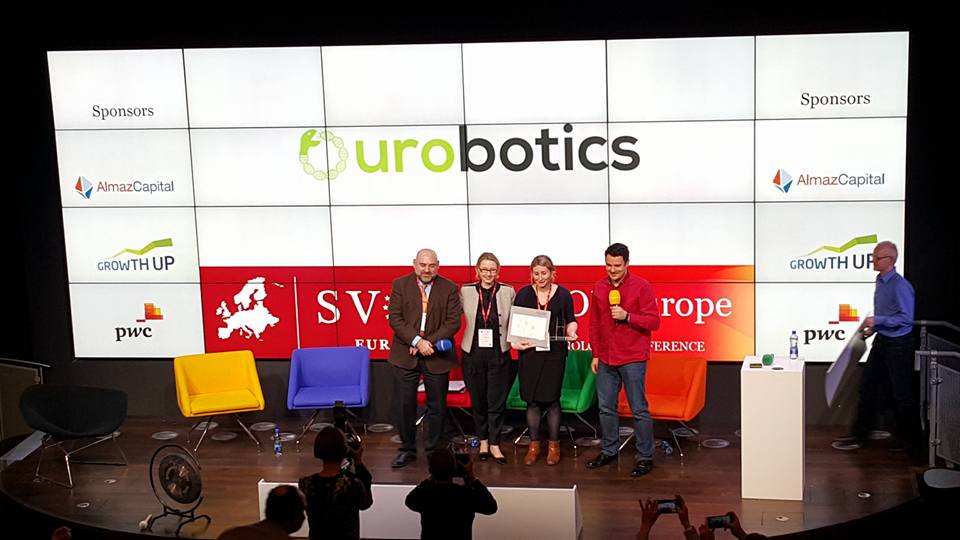
Bioprinting companies can be successful at start-up investment conferences, although they are sometimes outshone by more immediately accessible products. Bioprinters have the potential to drastically change life expectancy and quality in the long term, but can “only” help out with scientific research in the short term and that, often, is not exciting enough for start-up awards.
That was not the case at the recent SVOD (Silicon Valley Open Doors) Europe, an investment conference that began in 2005 and went global in 2015. The event then came to Europe for the first time in an effort to connect the Eastern European tech community with more established ecosystems. This year, the event took place in Ireland and “local” startupper Jemma Redmond took home the top prize with the Ourobotics 10 material 3D bioprinter.
I have been following Jemma and her team’s progress, from the pre-conference preparation all the way up to her presentation, via Facebook feed and other updates. The event took place at Google’s Dublin HQ and the winning team received, among other things, $5,000 in Google Adwords credits. Clearly happy about this success, Jemma told me they faced off against 25 other teams.
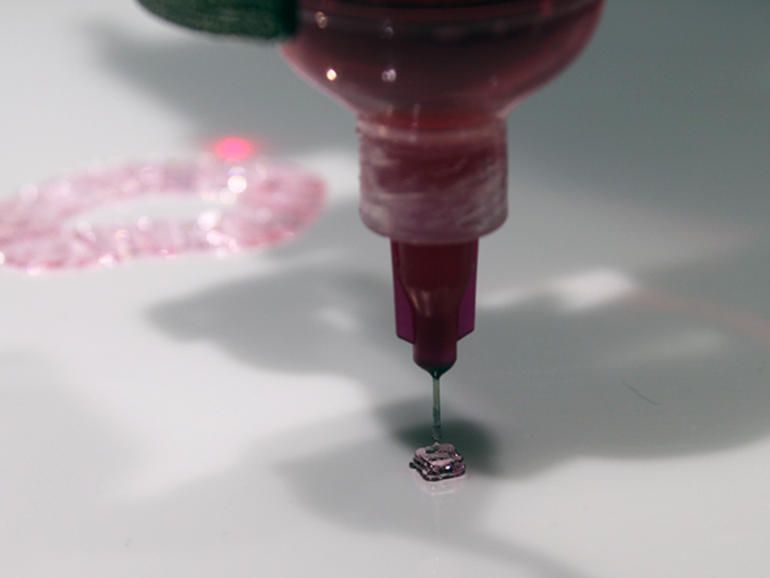
Researchers are only steps away from bioprinting tissues and organs to solve a myriad of injuries and illnesses. TechRepublic has the inside story of the new product accelerating the process.
If you want to understand how close the medical community is to a quantum leap forward in 3D bioprinting, then you need to look at the work that one intern is doing this summer at the University of Louisville.
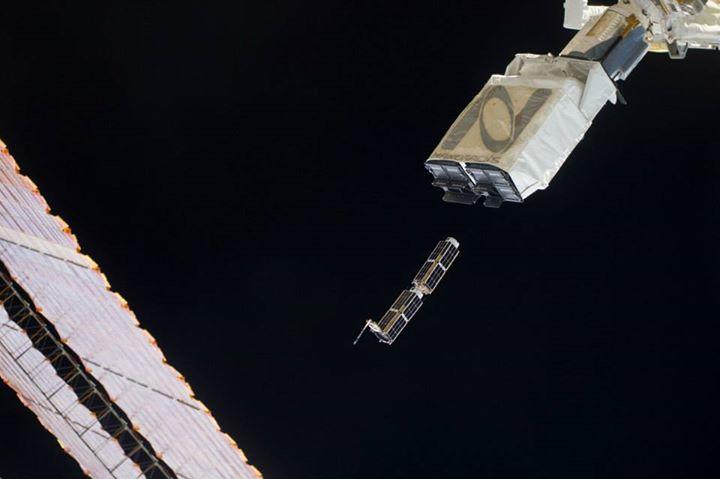
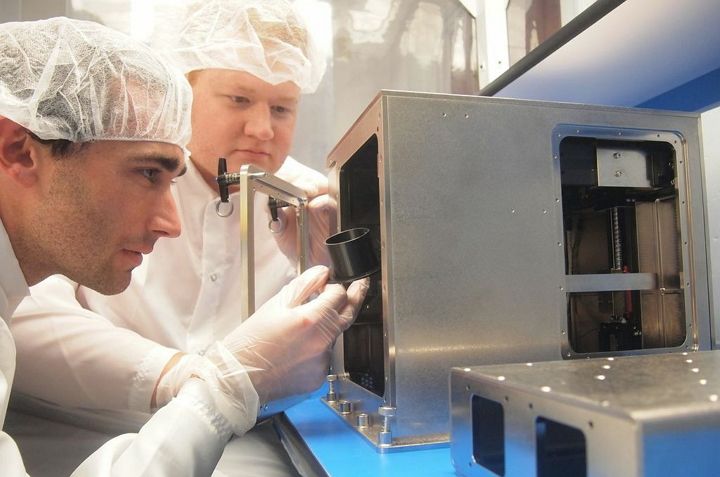
Made In Space and NanoRacks have been making news lately with the announcement of partnerships to change the way objects are imagined and built off the planet, and now the companies have joined forces to provide a novel new service for CubeSat developers.
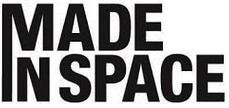 They call it “Stash & Deploy,” and the service will leverage the NanoRacks heritage in CubeSat deployment and the capability of Made In Space to provide 3D printing capabilities and deliver – on-demand – satellite manufacturing, assembly, and deployment in the space environment.
They call it “Stash & Deploy,” and the service will leverage the NanoRacks heritage in CubeSat deployment and the capability of Made In Space to provide 3D printing capabilities and deliver – on-demand – satellite manufacturing, assembly, and deployment in the space environment.
The plan calls for a variety of standard and customer-specific satellite components to be “cached” within a satellite deployment vehicle such as the International Space Station, and the components will be “stashed” for rapid manufacture of CubeSats.

Hmmm; we’re definitely not at the end of the golden age of innovation. In fact, once Quantum technology has evolved to the point where it is available to the broader public; we will see a new explosion of new innovation occur as a result.
This is the first of two excerpts from “The Rise and Fall of American Growth: The U.S. Standard of Living Since the Civil War,” published this month by Princeton University Press. The second will explain the implications of all this for the next quarter century.
Can future innovations match the great inventions of the past? Will artificial intelligence, robots, 3D printing and other offspring of the digital revolution do for economic growth what the second industrial revolution did between 1920 and 1970? The techno-optimist school of economics says yes. I disagree.
The rise in the U.S. standard of living from 1870 to 1970 was a special century — and won’t likely be repeated. Growth over the next quarter century will resemble the slow pace of 2004–2015, not the faster growth rate of 1994–2004, much less the rapid rate achieved between 1920 and 1970.
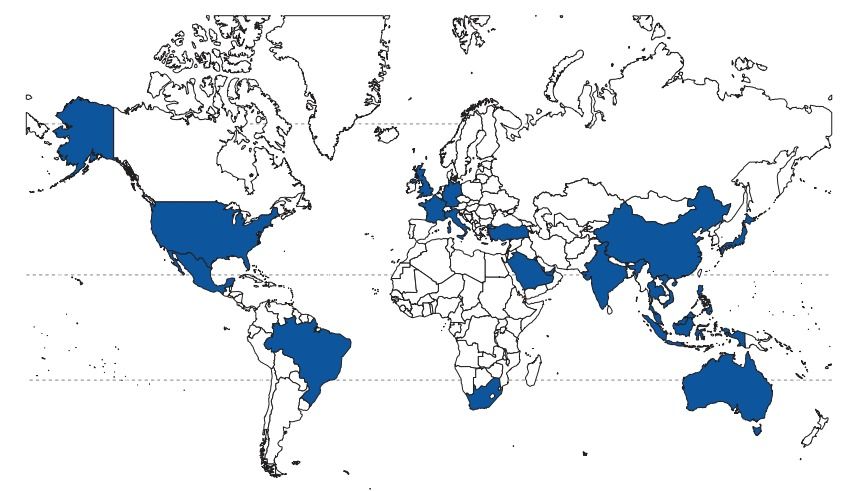
Finally, folks are getting the real picture around re-tooling and retraining folks for new jobs in an oncoming AI future. In my posts; I have highlighted the need for governments and businesses to retrain people as well as ensure that their is some level of funding established to assist displaced workers, and especially as we see the maturity of Quantum in the AI space this will definitely be a must.
 “If every tool, when ordered, or even of its own accord, could do the work that befits it… then there would be no need either of apprentices for the master workers or of slaves for the lords.” – Aristotle.
“If every tool, when ordered, or even of its own accord, could do the work that befits it… then there would be no need either of apprentices for the master workers or of slaves for the lords.” – Aristotle.
Humans have such a love/hate relationship with technology that it’s almost comical. All of our own creation, once we’ve perfected amazing innovations, we often turn on them–when convenient. As the PC became common and marketed toward the masses in the 80s, a new world of automation, both good and bad, was predicted. As mad scientists tucked away in secret, underground labs began creating evil robots in a slew of sci-fi movies that we consumed greedily, along with becoming affectionate toward machines like C-3P0 and R2-D2 just birthed in what would be a continuing pop subculture with a momentum of its own, our imaginations ran wild. Fearmongers cited that automation would make many jobs obsolete; robots would begin doing what was left as an economic apocalypse ensued for the human race.
In truth, the birth of the computer created a huge industry of jobs, from manufacturing and maintenance to advanced software engineering and entire IT departments. And although it’s been predicted through the ages that robots would begin doing all of our tasks, how many of us are actually employing robots in the home or office–and how many people do you know who lost their jobs because it was given to a humanoid instead? Probably none. But still, yes, there are whispers saying that may change one day soon. And while we’ve all heard that talk for decades past, it is undeniable that innovation on nearly every level has been accelerated recently, and is predicted to continue as 3D printing, artificial intelligence, and robotics evolve–just as a few examples.
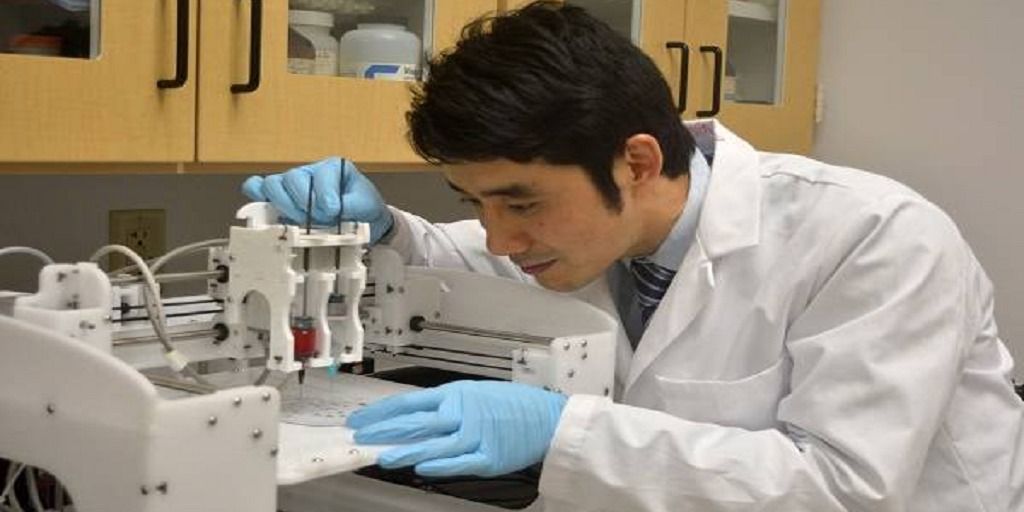
A lot of folks who know me well; knows that I donate my time and expertise to help with the various cancer foundations such as the National Esophageal Cancer Foundation. Esophageal Cancer is one form of cancer not often caught in time due to its symptoms. However, researchers have developed a 3D Stent that is simply amazing and is bringing a lot of hope for so many. Technology and medicine together is an amazing team.
I cannot wait to share this with the foundation’s president; she lost her husband only 2 years ago to this deadly cancer, I lost a cousin, and 2 years ago doctor’s removed a lesion from my esophagus. I cannot express enough to folks (especially younger folks; this is truly a silent killer and it hits all ages (20s, 30s, 40s, and 50s). And, once you ever have a lesion or cancer; you must be diligent in your follow ups no matter what.
 Pretty much everyone I know, myself included, has lost someone to cancer, many of them far too young. Finding a cure for cancer is the lofty, ultimate goal for medical researchers, and people like to fantasize about the day when the headline suddenly appears in the paper: “Cure for Cancer Found!” No more deaths from the disease, no more painful, drawn-out treatments – just a shot or a pill that can eliminate cancer as easily as clearing up an ear infection.
Pretty much everyone I know, myself included, has lost someone to cancer, many of them far too young. Finding a cure for cancer is the lofty, ultimate goal for medical researchers, and people like to fantasize about the day when the headline suddenly appears in the paper: “Cure for Cancer Found!” No more deaths from the disease, no more painful, drawn-out treatments – just a shot or a pill that can eliminate cancer as easily as clearing up an ear infection.
In reality, will it happen like that? It probably won’t be that easy – cancer is a complicated beast, and there are so many different forms with their own unique complexities that a universal, one-off cure is a difficult proposition. However, a lot of promising recent developments do point to a near future in which treatment is much more effective and deaths much more rare. And a lot of those developments involve 3D printing.
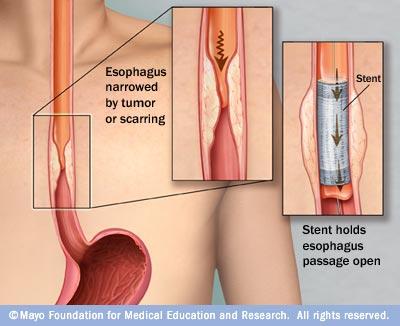 No cancer is pleasant, but some are much easier to treat than others. Certain types of cancers tend to come with a dire prognosis, and esophageal cancer is one of those. It’s the eighth most common type of cancer in the world, but it’s often detected late, and it’s very difficult to operate on; in fact, 50 to 60 percent of patients with the disease are ineligible for surgery. Those patients are often treated with the surgical implantation of a stent, which is made from a metal mesh and can cause numerous complications such as bleeding, perforation or tumor ingrowth.
No cancer is pleasant, but some are much easier to treat than others. Certain types of cancers tend to come with a dire prognosis, and esophageal cancer is one of those. It’s the eighth most common type of cancer in the world, but it’s often detected late, and it’s very difficult to operate on; in fact, 50 to 60 percent of patients with the disease are ineligible for surgery. Those patients are often treated with the surgical implantation of a stent, which is made from a metal mesh and can cause numerous complications such as bleeding, perforation or tumor ingrowth.

“According to many industry observers, we are today on the cusp of a Fourth Industrial Revolution. Developments in previously disjointed fields such as artificial intelligence and machine learning, robotics, nanotechnology, 3D printing and genetics and biotechnology are all building on and amplifying one another…”
The World Economic Forum (WEF) published an analysis today on the technological and sociological drivers of employment.
The report, titled The Future of Jobs, validates the accelerating impact of technology on global employment trends, and also highlights serious concerns that job growth in certain industries is still very much outpaced by large scale declines in other industries.
The report surveyed senior executives and chief human resources officers of various companies “representing more than 13 million employees across 9 broad industry sectors in 15 major developed and emerging economies and regional economic areas.”

Go Hubo
The so-called ‘fourth industrial revolution’ will bring ever faster cycles of innovation, posing huge challenges to companies, workers, governments and societies alike Implantable mobile phones. 3D-printed organs for transplant. Clothes and reading-glasses connected to the Internet.
Such things may be science fiction today but they will be scientific fact by 2025 as the world enters an era of advanced robotics, artificial intelligence and gene editing, according to executives surveyed by the World Economic Forum (WEF).
Nearly half of those questioned also expect an artificial intelligence machine to be sitting on a corporate board of directors within the next decade.
Ultrasonic waves form microscopic glass fibers into a pattern of lines, collectively creating a reinforcing microstructure that gives the printed component increased strength. (credit: Tom Llewellyn-Jones, Bruce Drinkwater and Richard Trask)
University of Bristol engineers have developed a new type of 3-D printing that can print strong composite materials.
The new method is based on a modification of an off-the-shelf 3D printer: mounting a switchable, focused laser module and an ultrasonic alignment apparatus.